I have around 4TB MERIS time series data which comes in netCDF format.
So I have a lot netCDF files containing several 'variables'. NetCDF format is new to me and although I've read a lot about netCDF processing I don't get an idea of how to do it. This question 'Combining a large amount of netCDF files' deals somehow with my problem but I did not get there. My approach was to first mosaic, then stack and lately take the mean out of every pixel.
One file contains the following 32 variables
Here's additional the ncdump output of one .nc file of one day: http://www.filedropper.com/ncdumpoutput
I managed to read the files, extract the variables I want (variable # 32) and put them into a list using the following code
l = list()
for i in files_in:
# read netCDF file
dset = nc.Dataset(i, mode = 'r')
# save variables
var = dset.variables['vegetation_index_mean'][:]
# write all temp loop outputs in a list
l.append (var)
# close netCDF file
dset.close()
The list now contains 24 'masked_arrays' of different locations of the same date. Every time I want to print the contents of the list my Spyder freezes. Every command I run afterwards Spyder first freezes for five sec before starting.
My goal is to make a time series analysis for a specific time frame (every date stored in a single .nc file). So my plan was to mosaic (is this possible?) the variables in the list (treating them as raster bands), process additional dates and take the mean for every pixel (1800 x 1800 ).
Maybe my whole approach is wrong? Can I treat these 'variables' like raster bands?

